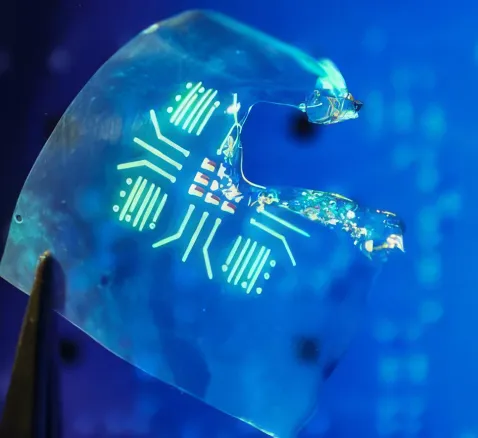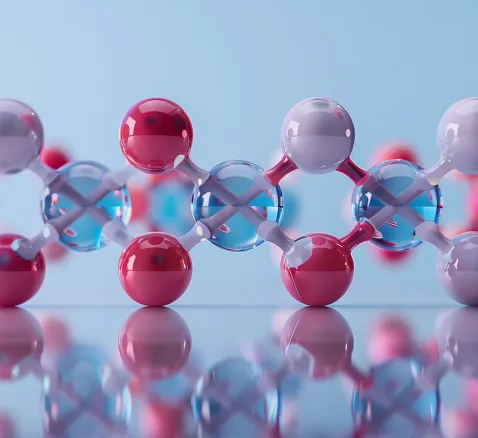Faculty Spotlight: Eric Altman / Seeing reactions one atom at a time
Written by Natalie Haase '27
Eric Altman, the Roberto Goizueta Professor of Chemical & Environmental Engineering, has built a career at the atomic scale – literally. His research focuses on understanding the fundamental chemical processes that occur at surfaces, with topics ranging from transition metal oxide catalysts and chemical imaging to ferroelectric interfaces and oxide epitaxy on semiconductors.
Originally from Brooklyn, New York, Altman’s path to Yale began with an undergraduate degree at Cornell, followed by a Ph.D. at the University of Pennsylvania. During graduate school, he was captivated by the emerging field of scanning tunneling microscopy, which had just been invented. That early curiosity shaped the direction of his career. After a brief stint at a government consulting firm, he joined the Naval Research Laboratory in Washington, D.C., where he spent over three years conducting fundamental surface science research.
In 1994, Altman arrived at Yale, where he continued to explore catalysis and surface chemistry. “What we wanted to do was image chemical reactions in real time,” he explains. Using scanning tunneling microscopy, his team captured reaction dynamics as a function of temperature, allowing them to calculate reaction rates and gain a more detailed understanding of surface phenomena. Early applications included dry etching processes relevant to the microelectronics industry –specifically, how halides form and transition directly from a solid to a gas – and studies on oxidation steps in catalytic cycles.
Over time, his interests expanded to transition metal oxides as catalysts, always with the same central goal: using fundamental understanding and atomic-scale precision to solve complex problems. “I like to know why things work – not just apply them. To go from a perfect picture at the atomic level to a practical solution – that’s the challenge,” he says.
Publishing his findings has changed over the years. Altman reflects on how the scientific publishing landscape has evolved: “When I started, we just did the work. When we felt a project had gone as far as it could, we’d write the paper and submit it to an appropriate journal. Now, people are more focused on chasing metrics – like the H-index or impact factors – and that changes how people publish.” Though Altman himself doesn’t chase numbers, his substantial body of work and high citation record speak for the high quality and important nature of his work.
Currently, Altman is pursuing several interdisciplinary projects:
- In collaboration with Prof. Udo Schwarz of Mechanical Engineering, he’s using high-resolution atomic force microscopy to investigate how the structure of catalytic molecules affects their ability to convert CO₂ into useful products.
- With Prof. Nilay Hazari in the Chemistry Department, he’s exploring networks of triangulenes – molecules with unpaired electrons that may have potential in quantum computing due to their spin properties and membranes due to their porous structure.
- A third, Planetary Solutions-supported initiative combines applied physics and chemistry: the goal is to design molecular systems that absorb light and drive CO₂ conversion into valuable compounds.

And in a long-running line of research, Altman is exploring two-dimensional silicates. Originally intended to support fundamental catalysis studies, this project serendipitously uncovered materials with unique gas separation capabilities – single-layer membranes that can differentiate molecules based on subtle differences in size and shape. “It turns out that these materials might also be useful as room-temperature membranes – though some cooling is required,” he notes. Collaborations with researchers in Germany have further expanded this work, especially for alcohol separation.
When he's not in the lab, Altman hikes daily with his dog, Cali, often along the Long Island Sound or the New England Trail. Also a road cyclist, Altman once rode a mountain stage of the Tour de France in 2009 – joining thousands of others in conquering the infamous Mont Ventoux.
Altman’s research has contributed significantly to the fundamental understanding of surface chemistry and catalysis. His continued focus on atomic-level mechanisms and interdisciplinary collaboration reflects a deep commitment to advancing materials science in both theory and application.
More Details
Published Date
Jun 10, 2025


